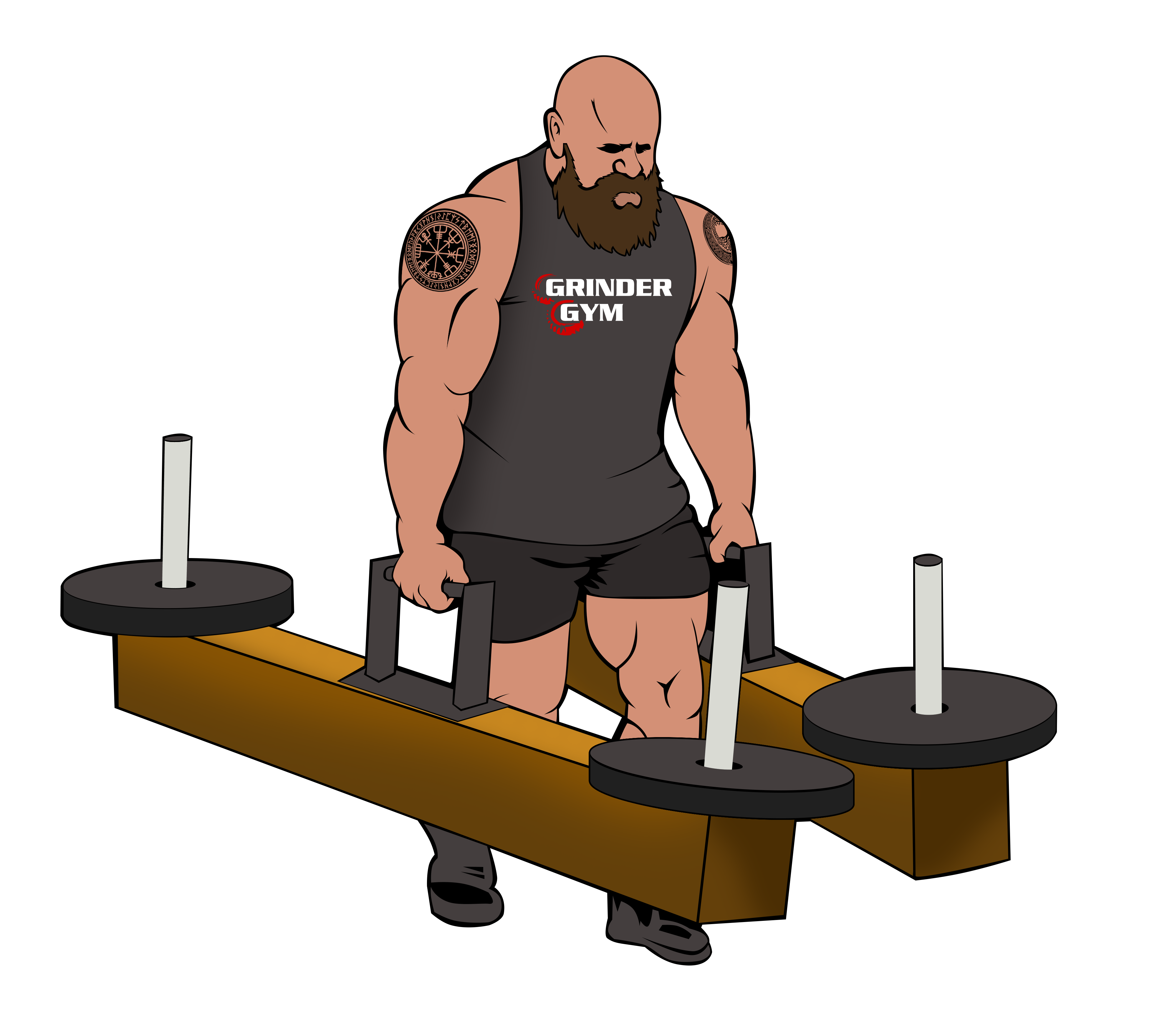Powerlifting is a strength sport that involves three main lifts: the squat, bench press, and deadlift. It is a popular choice for those looking to increase their overall strength, build muscle mass, and improve their athletic performance. If you are new to powerlifting and want to get started, this beginner’s guide will provide you with the essential information you need to know.
Before diving into the specific lifts, it is important to have a solid foundation of proper form and technique. This will not only help you lift more weight safely, but also ensure that you are targeting the correct muscle groups and getting the most out of each lift.
One of the best ways to learn proper form is to seek out a qualified coach or trainer who can provide guidance and critique your technique. You can also find instructional videos online or attend a powerlifting class at a local gym. It is worth investing the time and effort to learn proper form from the beginning, as it will pay off in the long run and reduce the risk of injury.
Once you have a good understanding of form and technique, you can begin incorporating the three main lifts into your training routine.
The squat is a compound exercise that targets the quadriceps, glutes, and hamstrings. To perform the squat, you will need to stand with your feet shoulder-width apart and your hands on the barbell. Lower your body by bending your knees and hips, keeping your chest up and your back straight. Push through your heels to return to the starting position.
The bench press is another compound exercise that targets the chest, triceps, and shoulders. To perform the bench press, you will need to lie on a flat bench with your feet flat on the ground and your hands gripping the barbell. Lower the bar to your chest, then push it back up to the starting position.
The deadlift is a compound exercise that targets the entire posterior chain, including the glutes, hamstrings, and lower back. To perform the deadlift, you will need to stand with your feet shoulder-width apart and your hands gripping the barbell. Lift the bar off the ground by extending your hips and knees, keeping your back straight and your shoulders over the bar. Lower the bar back to the ground by reversing the motion.
It is important to start with a weight that you can handle safely and gradually increase the weight as you become stronger. It is also essential to warm up properly before each session to prevent injury and improve performance. This can include dynamic stretches, foam rolling, and lighter lifts to get the blood flowing and muscles activated.
In addition to the main lifts, it is also beneficial to incorporate accessory exercises into your training routine to target specific muscle groups and address any imbalances. This can include exercises such as push-ups, pull-ups, rows, and leg press.
As you progress in your powerlifting journey, it is important to track your progress and set goals for yourself. This can help keep you motivated and provide a sense of accomplishment as you see your strength increase. You may also want to consider competing in powerlifting meets to test your progress and compete against other lifters.
To sum up, getting started in powerlifting requires a solid foundation of proper form and technique, incorporation of the main lifts into your training routine, and the inclusion of accessory exercises to target specific muscle groups. It is also important to track your progress and set goals for yourself as you progress in your journey. With dedication and consistency, powerlifting can be a rewarding and enjoyable way to improve your overall strength and athletic performance.
